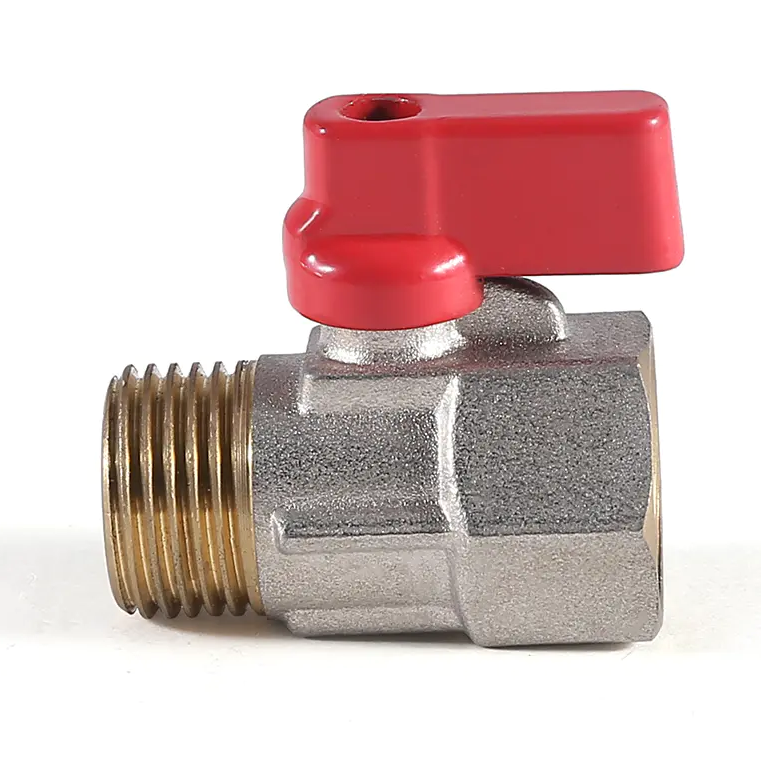Ball valves are essential components in fluid control systems, widely valued for their dependable performance and ease of operation. Designed with a simple mechanism, they use a spherical closure unit with a central bore to regulate the flow of liquids or gases. This structure offers a combination of operational efficiency and reliable shut-off capabilities in various industrial and commercial applications.
One of the primary performance attributes of ball valves is their quick and straightforward operation. With a quarter-turn movement, the valve can transition between open and closed positions, making it suitable for applications where immediate flow control is required. This feature contributes to reduced system downtime and improved operational safety.
Sealing capability is another important aspect of ball valve performance. The spherical ball is typically seated between two sealing rings made from materials such as PTFE, nylon, or other elastomers. These seals help prevent leakage, ensuring a tight closure when the valve is in the closed position. The consistent contact between the ball and the seals allows for dependable isolation in systems carrying liquids, gases, or slurries.
Durability under various pressure and temperature conditions is an essential performance factor. Ball valves are available in designs capable of handling different pressure ratings and temperature ranges, depending on material selection and construction standards. Their robust construction makes them suitable for systems involving water, oil, chemicals, and compressed air.
Flow efficiency is also a performance feature worth noting. When in the open position, the bore of the ball aligns with the pipeline, allowing fluids to pass through with minimal resistance. This full-bore design reduces pressure loss and supports efficient system operation, particularly in applications requiring unobstructed flow.
Another performance advantage is the versatility in handling different types of media. Ball valves can be designed to manage corrosive fluids, abrasive materials, and high-viscosity liquids. This adaptability is achieved through the careful selection of valve body materials, ball coatings, and sealing elements.
Maintenance simplicity further enhances the operational performance of ball valves. Their straightforward construction allows for easy disassembly and part replacement when necessary. This contributes to reduced maintenance costs and prolonged service life, especially in demanding industrial environments.
Additionally, ball valves are available in various configurations, including two-way, three-way, and multi-port designs. This versatility enables system designers to select the most appropriate valve for specific flow control needs, whether for diverting, mixing, or isolating media.
In summary, the performance characteristics of ball valves—such as reliable sealing, rapid operation, durability under pressure and temperature variations, efficient flow, and versatility—make them suitable for a wide range of fluid control applications. Their consistent functionality continues to support industries such as oil and gas, water treatment, chemical processing, HVAC, and manufacturing.

